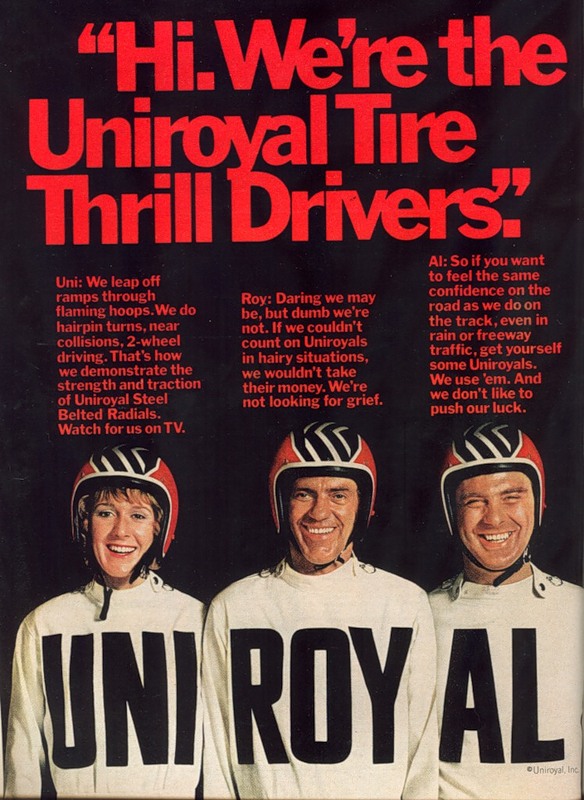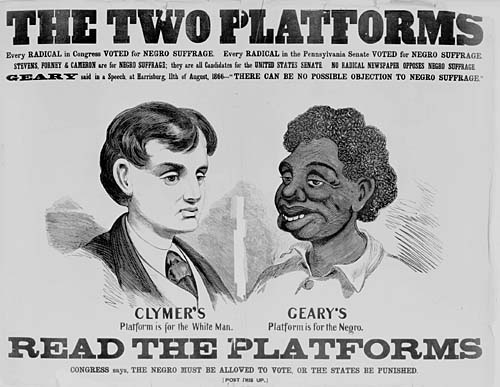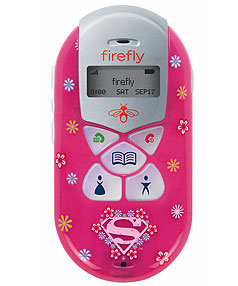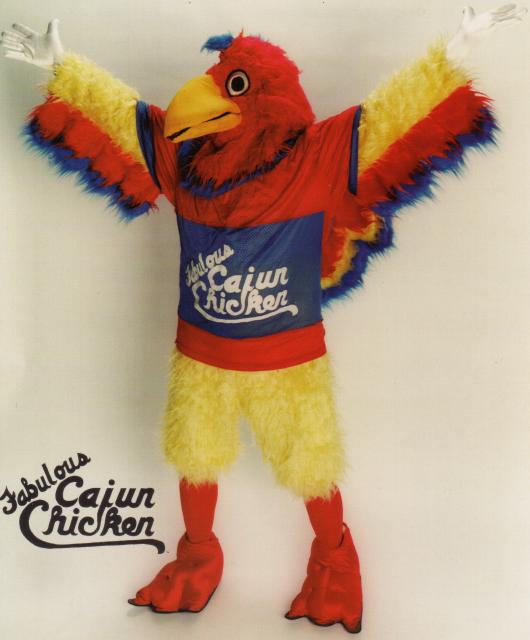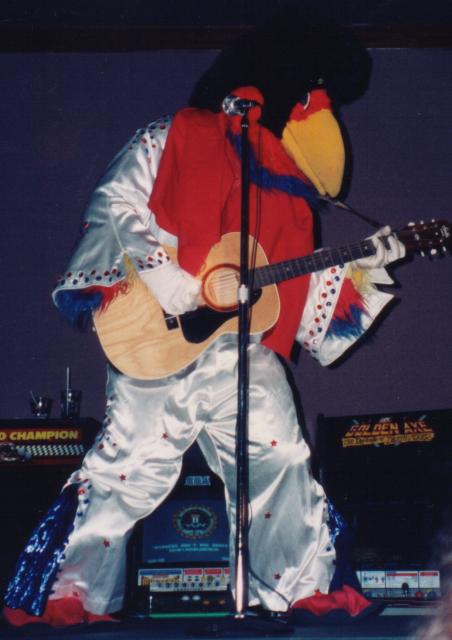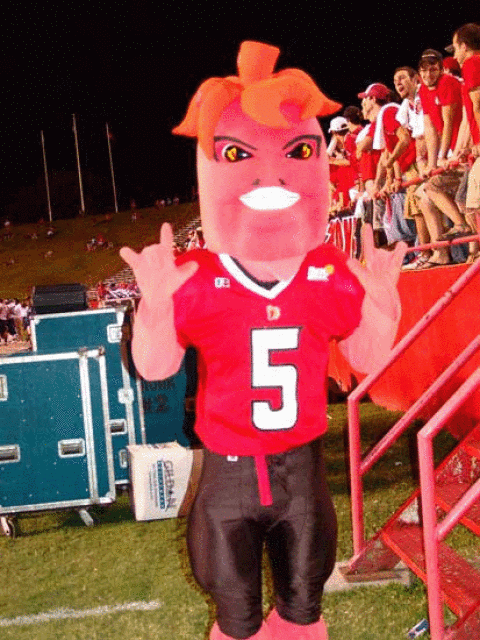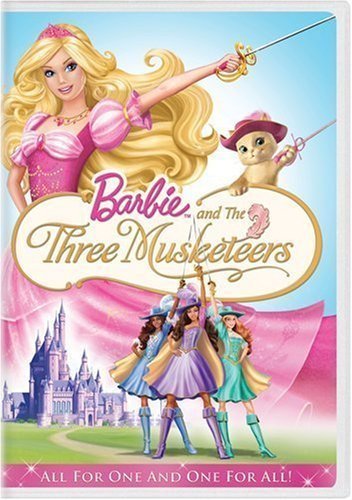The uproar in the blogosphere pales only in comparison to the uproar in our email inbox about My New Pink Button.
Penny R., Eden H., Alicia T., Shannon H., Nils G., Shiquanda S., Mickey C., and Bob C. have all sent in links to a new product designed to bring back the “fresh” to your lady parts. For 30 bucks you can get 3 days of pretty-in-pink. That’s right, genital dye to pinkify your private parts. In case you weren’t worried about this particular repulsivity, now you know. (It apparently works on men as well as women, and nipples too).
As they say at Jezebel: “Anti-aging mania and marketing: Not just for your face anymore!”
Shiquanda and Mickey brought our attention to this particular Q&A in the FAQ section:
Q. “Help! I’ve noticed I am turning a more brown color down there on my inside lips, is this normal”?
A. Yes, it’s perfectly normal and there are many factors that can contribute to this. Ethnicity is a big factor, also age, hormone change, surgeries, childbirth, sickness, health, diet and medications can all contribute to a change from “Pink” to “Brown” in a woman’s genital area.
So this is kind of fascinating: browner coloring is “normal,” but you should change it anyway. The message is that normal is not ideal. We are normal (or at least white people are), and we still need fixing.
The FAQ makes plain the two ways in which marketing tries to convince us to change our bodies: both by telling us that our bodies are abnormal and by telling us that they are normal. Normal bodies are icky, we’re told, your body should appear, as much as possible, as if it is not a body at all. I mean, isn’t that part of what shaving our legs, chests, and genitals (both male and female) are about?
I think the ubiquitousness of breast implants in the media also sends the message that beautiful breasts have the look of breast implants (in terms of shape, size, and the position of the nipple). I recently saw mannequins in a store window who were built to look as if they had breast implants. Do you get how crazy that is? If a mannequin is supposed to represent the ideal body, then the ideal body isn’t one with naturally large breasts, it’s one with fake breasts! Nuts. This world is nuts. (Kristi reminds me that this is insensitive to those with mental illness… and she’s right.) Weird! This world is weird!
(I looked this up on Snopes, but no word yet as to whether it’s a hoax. I have no idea whether this product is for real or whether it’s a big-enough-seller to get my panties in a bunch over. Though it appears that you can order it, but it is of questionable efficacy. Scam-status and efficacy aside, I think it still reveals something interesting about how we are told that our bodies aren’t good enough.)
Lisa Wade, PhD is an Associate Professor at Tulane University. She is the author of American Hookup, a book about college sexual culture; a textbook about gender; and a forthcoming introductory text: Terrible Magnificent Sociology. You can follow her on Twitter and Instagram.
